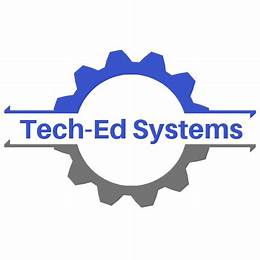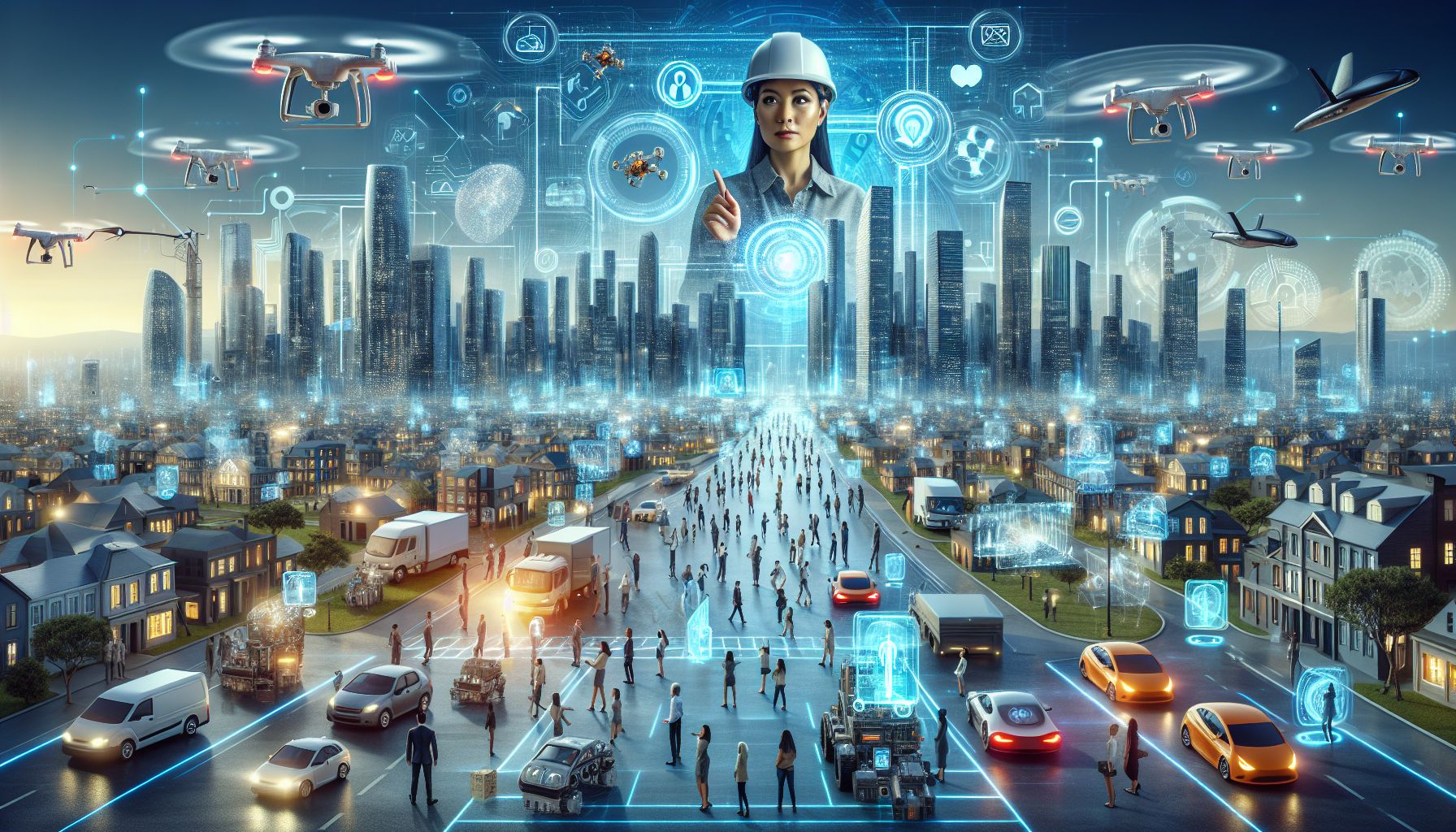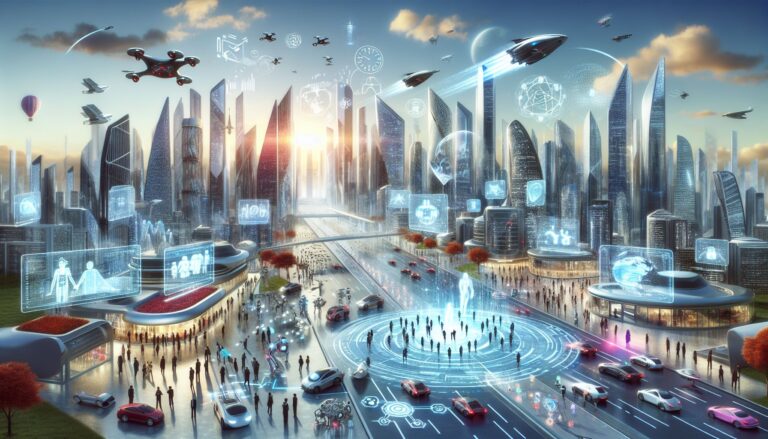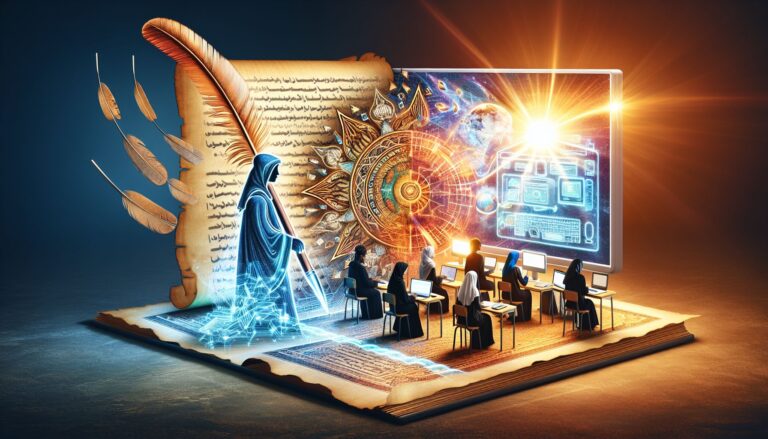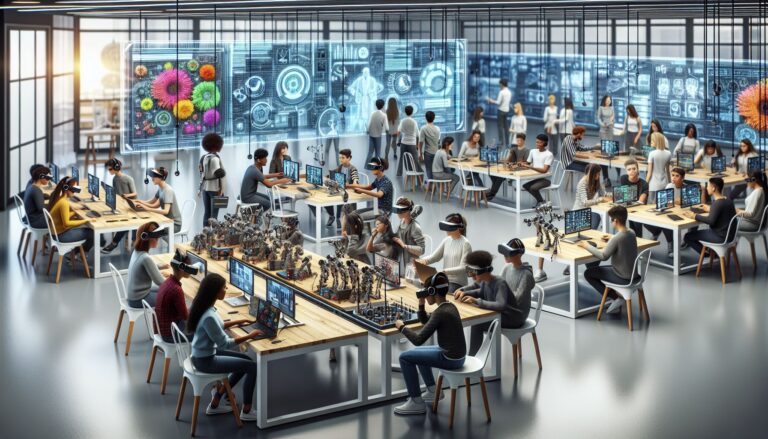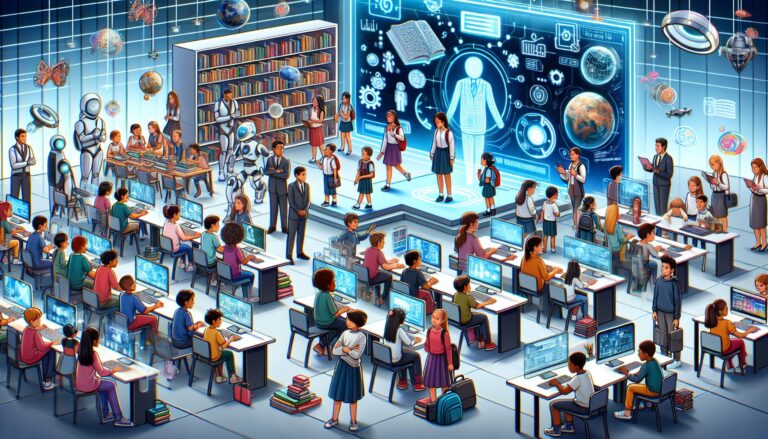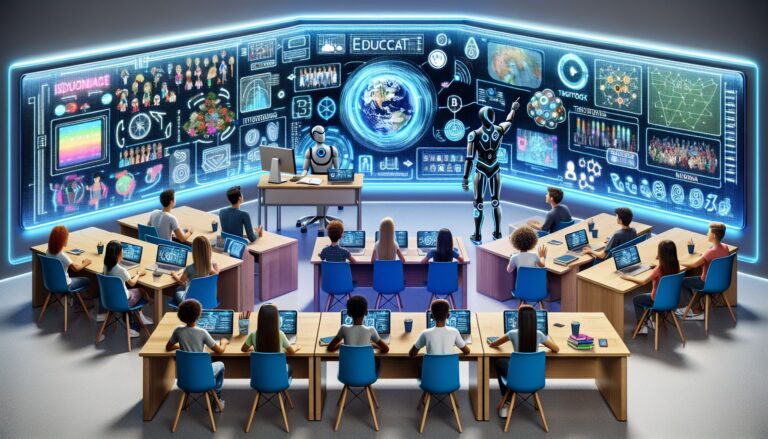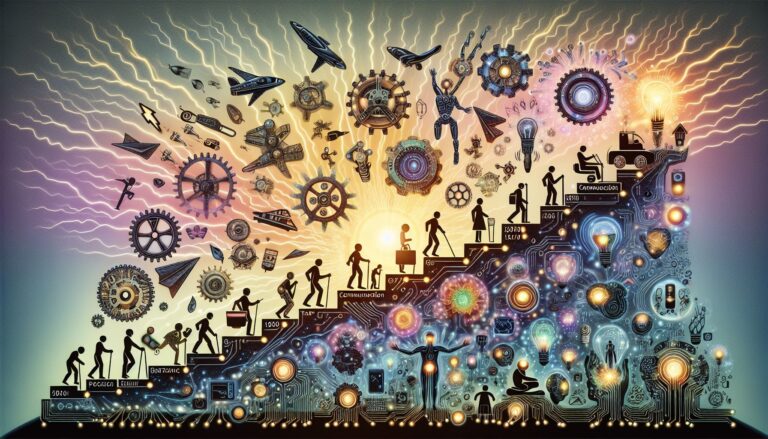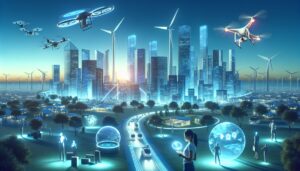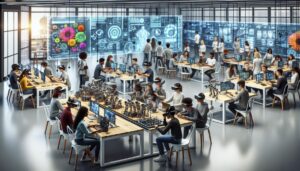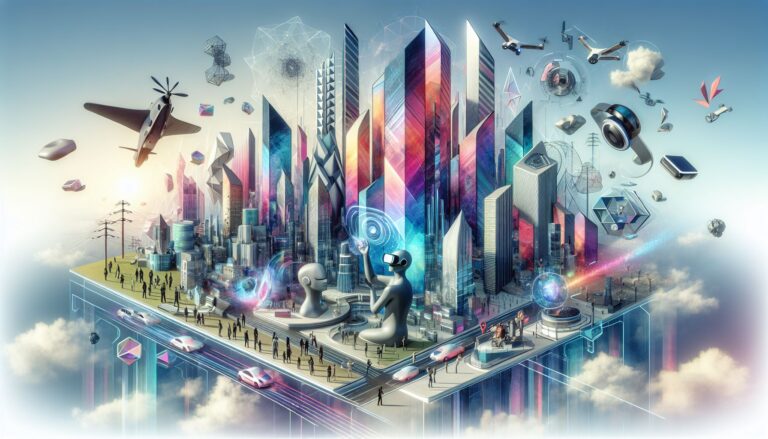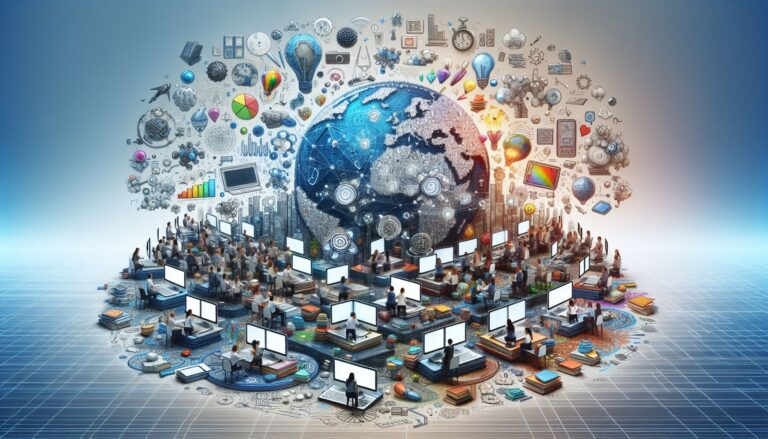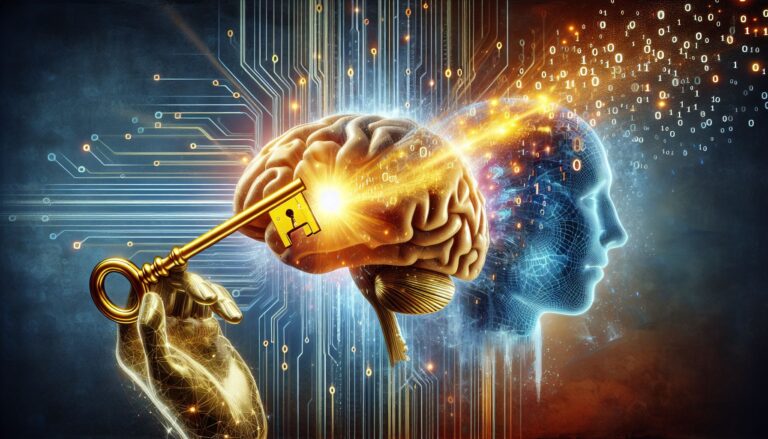The pace at which technology advances is nothing short of extraordinary. There was a time when the mention of artificial intelligence or virtual reality sounded like a narrative straight out of a science fiction novel. Yet, today, these technological feats are not only realized but continually evolving, weaving themselves intricately into the very fabric of our daily lives. The profound impact of these innovations transcends industries, reshaping both the economy and society in ways we are only beginning to comprehend.
At the core of the current tech revolution are several groundbreaking advancements that promise to redefine our future. Among them, AI, blockchain, and IoT stand out, indicating a trailblazing path toward a world where boundaries between the digital and physical increasingly blur.
AI: The Mind behind the Machine
Artificial intelligence has been pivotal in augmenting human capabilities and automating complex processes. From self-driving cars that promise to reduce traffic accidents to sophisticated algorithms that enable predictive healthcare, AI is a cornerstone of modern innovation. Its adaptive learning and decision-making capabilities are pivotal in solving some of the world’s most pressing problems, including climate change and disease management.
Yet, the rise of AI raises critical ethical questions. As AI systems become more prevalent, the conversation around data privacy, job displacement, and the moral implications of machine autonomy is intensifying. It’s imperative that as we advance, we maintain a thoughtful discourse on how to balance AI’s potential with its challenges.
Blockchain: A Trust Revolution
The concept of blockchain, often associated solely with cryptocurrencies, holds far more applicability. It’s a transformative technology that can provide unprecedented levels of transparency and security across various domains. Think of supply chains that can be closely monitored to ensure the authenticity and ethical acquisition of products or voting systems that could be rendered fraud-proof, opening a new chapter in the democratic process.
Blockchain’s capability to create decentralized and immutable records has the potential to reinvent industry standards, challenging conventional business interactions and facilitating peer-to-peer collaborations without the need for intermediaries.
IoT: The Pulse of a Connected World
The Internet of Things (IoT) is another innovation that seamlessly integrates the digital and physical realms. As more devices become internet-enabled, our environments are getting smarter and more responsive. Smart homes that learn our preferences, industrial equipment that predicts maintenance needs, and cities that dynamically adjust to their inhabitants’ movements are rapidly becoming a reality.
IoT’s extensive data collection, however, also sparks discussion around the sensitive balance between convenience and surveillance. As these devices become more embedded in our lives, ensuring the security and ethical use of the collected data is of paramount importance.
As we close this exploration of the technological landscape, it’s undeniable that the innovations we discussed are crafting a new societal canvas, filled with opportunities and challenges alike. The future they are painting is one of seamless integration between humans and technology, with the potential to unlock achievements once deemed impossible.
Yet, with great power comes great responsibility. The onus falls on policymakers, innovators, and every user of technology to shape this canvas thoughtfully. By fostering an environment of continuous learning, ethical foresight, and inclusive dialogue, we can ensure that the advancements we make uplift humanity, reinforce communal bonds, and ignite the curiosity to reach even greater heights. What the classroom of the future looks like may be uncertain, but the tools and intuitions we develop today will undoubtedly be its foundation—and ensuring a narrative of growth, inclusion, and innovation is the key to a brighter educational paradigm.
